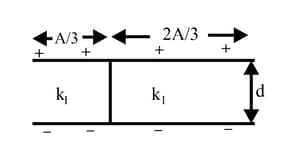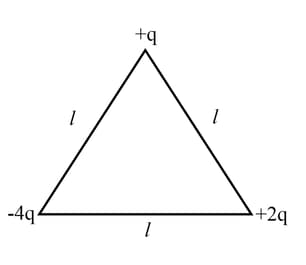Embibe Experts Solutions for Chapter: Electrostatic Potential and Capacitance, Exercise 1: Uttar Pradesh Board-2019
Embibe Experts Physics Solutions for Exercise - Embibe Experts Solutions for Chapter: Electrostatic Potential and Capacitance, Exercise 1: Uttar Pradesh Board-2019
Attempt the free practice questions on Chapter 2: Electrostatic Potential and Capacitance, Exercise 1: Uttar Pradesh Board-2019 with hints and solutions to strengthen your understanding. EMBIBE CHAPTER WISE PREVIOUS YEAR PAPERS FOR PHYSICS solutions are prepared by Experienced Embibe Experts.
Questions from Embibe Experts Solutions for Chapter: Electrostatic Potential and Capacitance, Exercise 1: Uttar Pradesh Board-2019 with Hints & Solutions
Define an equipotential surface.
On increasing the potential difference of a micro-farad capacitor from volt to volt, calculate the increase in its potential energy.
The plates of a parallel plate capacitor have an area each and are separated by . What will be the potential difference between the plates if charge is supplied to the capacitor? What will be the new potential difference if the plate separation is increased to ?
A point charge of is placed at the origin of coordinate system. Find out the potential difference between the points .
The area of each plate of a parallel plate capacitor is and separation between them is . As shown in the figure, slabs of dielectric constants and are placed in between the plates, Find out the capacitance of the capacitor.

Four point charges and are placed at the corners of a square of side as shown in the figure.

Find
electrical potential energy of the system.
On which factors, does the capacitance of a parallel plate capacitor depend ? A parallel plate air capacitor is of capacitance. When a plate of dielectric constant and thickness is placed between the plates of the capacitors the capacitance of the capacitor becomes . Find the magnitude of , where the distance between the plates of the capacitor.
what is Coulomb's law of electric force ? Three point charges and are placed at the vertices of an equilateral triangle of sides , as shown in the figure. Obtain the expression for the magnitude of the resultant electric force acting on the charge . Also find out the work done to separate the charges in order to move them up to infinity.

